23 UMMA Objects
23 UMMA Objects
Chinese (Chinese (culture or style))
Heavenly God Bestowing Fortune
20th century
Gift of Harold W. Stevenson, University of Michigan Professor Emeritus in Psychology
2003/1.623.2
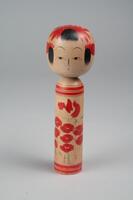
Japanese (Japanese (culture or style))
Kokeshi Doll
1925 – 1975
Gift of Harold W. Stevenson, University of Michigan Professor Emeritus in Psychology
2021/1.132
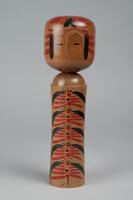
Japanese (Japanese (culture or style))
Kokeshi Doll
1925 – 1975
Gift of Harold W. Stevenson, University of Michigan Professor Emeritus in Psychology
2021/1.136
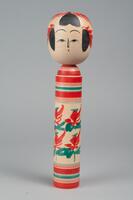
Japanese (Japanese (culture or style))
Kokeshi Doll
1925 – 1975
Gift of Harold W. Stevenson, University of Michigan Professor Emeritus in Psychology
2021/1.137
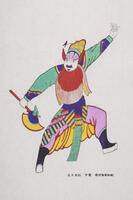
Chinese (Chinese (culture or style))
Chang Fei (opera hero with axe)
20th century
Gift of Harold W. Stevenson, University of Michigan Professor Emeritus in Psychology
2003/1.621
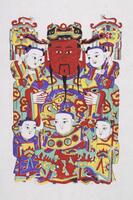
Chinese (Chinese (culture or style))
God of Many Children
20th century
Gift of Harold W. Stevenson, University of Michigan Professor Emeritus in Psychology
2003/1.622
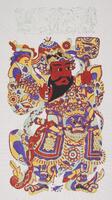
Chinese (Chinese (culture or style))
Door god facing right, Moon (New Year print)
20th century
Gift of Harold W. Stevenson, University of Michigan Professor Emeritus in Psychology
2003/1.633

Chinese (Chinese (culture or style))
Zhong Kui of Magical Powers
20th century
Gift of Harold W. Stevenson, University of Michigan Professor Emeritus in Psychology
2003/1.630
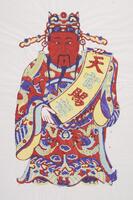
Chinese (Chinese (culture or style))
Heavenly God Bestowing Fortune
20th century
Gift of Harold W. Stevenson, University of Michigan Professor Emeritus in Psychology
2003/1.623.1
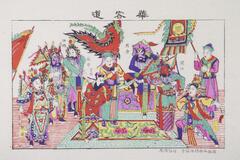
Chinese (Chinese (culture or style))
Opera theme from the novel of the Sanguo yieni; Hua rong dao (flower path)
20th century
Gift of Harold W. Stevenson, University of Michigan Professor Emeritus in Psychology
2003/1.618
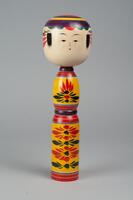
Japanese (Japanese (culture or style))
Kokeshi Doll
1925 – 1975
Gift of Harold W. Stevenson, University of Michigan Professor Emeritus in Psychology
2021/1.134
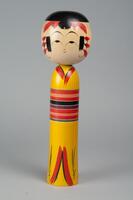
Japanese (Japanese (culture or style))
Kokeshi Doll
1925 – 1975
Gift of Harold W. Stevenson, University of Michigan Professor Emeritus in Psychology
2021/1.135
Loading…
